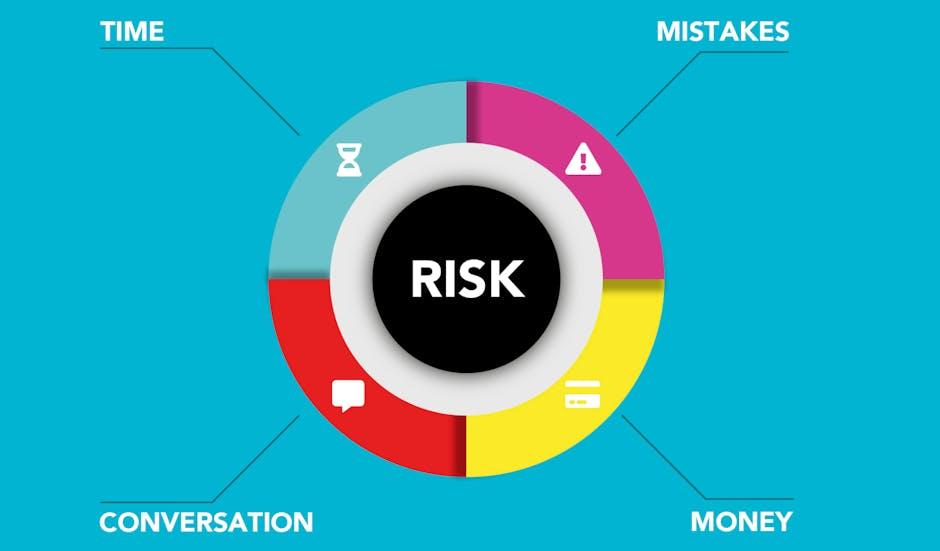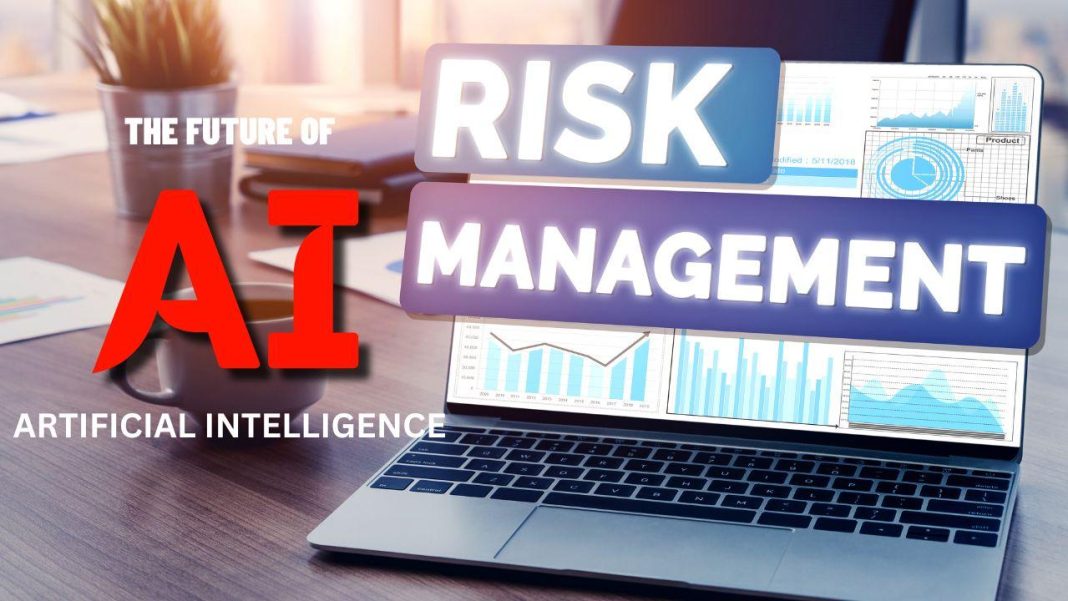In the intricate dance of commerce, where opportunities abound and pitfalls lurk in shadowy corners, the art of credit risk assessment emerges as a crucial choreographer, guiding businesses toward success. Imagine a world where every transaction is a leap of faith, a gamble with no safety net. Without the meticulous evaluation of credit risk, this is the precarious reality businesses would face. As the financial landscape grows increasingly complex, the ability to accurately assess credit risk has become not just a skill, but a strategic imperative. This article delves into the vital role that credit risk assessment plays in safeguarding business ventures, ensuring not only survival but thriving in a competitive marketplace. Through the lens of authoritative insight, we explore how this critical practice underpins decision-making, fosters trust, and ultimately drives sustainable growth. Join us as we unravel the tapestry of credit risk assessment, revealing why it stands as a cornerstone of business success.
Understanding the Core Components of Credit Risk
At the heart of credit risk assessment lies a multifaceted approach that businesses must master to safeguard their financial health. Credit risk refers to the possibility that a borrower will fail to meet their obligations in accordance with agreed terms. This risk is not just a single entity but a combination of several core components that businesses must understand and evaluate meticulously. These components include:
- Probability of Default (PD): This is the likelihood that a borrower will be unable to make the required payments. Understanding PD involves analyzing historical data, market conditions, and borrower-specific factors.
- Loss Given Default (LGD): This measures the amount of loss a lender would incur if a borrower defaults. It considers factors like collateral value and recovery rates.
- Exposure at Default (EAD): This represents the total value exposed to risk at the time of default. Accurate assessment of EAD is crucial for determining potential financial impact.
By delving into these components, businesses can develop a robust framework for evaluating credit risk. This not only helps in mitigating potential losses but also enhances decision-making processes, ensuring long-term business success.

Strategies for Effective Credit Risk Management
In today’s volatile financial landscape, businesses must employ a variety of strategies to manage credit risk effectively. One essential approach is to establish a robust credit assessment framework that integrates both qualitative and quantitative analysis. This involves evaluating the borrower’s credit history, financial statements, and market conditions to gauge their ability to repay. Additionally, leveraging advanced analytics and machine learning models can enhance predictive accuracy, allowing businesses to anticipate potential defaults and adjust their strategies accordingly.
Another critical strategy is to diversify the credit portfolio. By spreading credit exposure across different sectors, geographies, and customer segments, businesses can mitigate the impact of any single default. Furthermore, implementing risk-based pricing ensures that the riskier borrowers are charged higher interest rates, compensating for the increased risk. Regular monitoring and stress testing of the credit portfolio are also crucial, enabling businesses to identify emerging risks and take proactive measures. Employing these strategies not only safeguards financial stability but also positions businesses for sustainable growth.

Leveraging Technology to Enhance Credit Risk Assessment
In the rapidly evolving financial landscape, businesses are increasingly turning to cutting-edge technology to revolutionize their credit risk assessment processes. By integrating advanced data analytics, machine learning algorithms, and artificial intelligence, companies can gain deeper insights into borrower behavior and financial stability. These technologies allow for the analysis of vast amounts of data in real-time, leading to more accurate predictions and risk evaluations. This not only helps in minimizing potential losses but also in identifying new opportunities for growth.
- Data Analytics: Enables the processing of complex datasets to uncover patterns and trends.
- Machine Learning: Continuously improves risk models by learning from historical data.
- Artificial Intelligence: Provides predictive insights that enhance decision-making processes.
Furthermore, the use of blockchain technology ensures transparency and security in transactions, reducing the risk of fraud. By embracing these technological advancements, businesses can streamline their credit risk management, ensuring they remain competitive and resilient in an unpredictable market.

Implementing Best Practices for Sustainable Business Growth
To ensure long-term viability and success, businesses must integrate best practices that align with sustainable growth strategies. Credit risk assessment is a cornerstone of this approach, providing a robust framework for evaluating potential financial pitfalls. By systematically analyzing the creditworthiness of clients and partners, companies can mitigate the risk of default and maintain a healthy cash flow. This proactive measure not only safeguards financial assets but also enhances decision-making processes.
- Enhanced Financial Stability: Accurate risk assessment helps in predicting potential financial challenges, allowing businesses to plan accordingly.
- Informed Decision-Making: By understanding the credit landscape, companies can make strategic choices that align with their growth objectives.
- Improved Client Relationships: Transparent credit evaluations foster trust and reliability, which are crucial for long-term partnerships.
Incorporating these practices into your business model not only ensures sustainability but also positions your company as a leader in risk management. This strategic foresight is essential for navigating the complexities of today’s dynamic economic environment.





